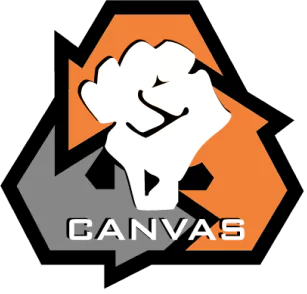May 1, 2010-2010
Nepal
Outdoor Dance Nepalese Protest
Share
ACTIVISTS/ACT.GROUPS/DESCRIPTION OF THE GROUP
Maoist politicians, buissness owners, villagers, laborers
TARGET
Madhav Kumar Nepal Govt
WIDELY HELD BELIEF
Civilians should have ultimate responsibility for the country’s military.
CASE NARRATIVE
Issue and Opponent: As part of the peace agreement of the 10-year civil war in Nepal, Maoist combatants would be gradually integrated into Nepal’s security forces. In April 2008, Maoists won the majority of seats in the assembly meant to draft Nepal’s new constitution. The United Communist Party of Nepal-Maoists (UCPN(M)) became the largest political party in Nepal. In August, Prachanda was elected as Nepal’s prime minister. The UCPN(M) left the coalition government after Prachanda fired the army chief for his refusal to further the efforts of soldier integration. The Maoists engaged in a four-phase protest against the government. They protested for the integration of Maoist combatants into the army. The second phase of protests demanded the formation of a government led by the UCPN(M) based on civilian supremacy. The third phase was based on the desire for 13 symbolic autonomous states based on ethnicity and region to establish civilian supremacy.
Dilemma Action: The fourth phase was meant to continue fighting for civilian supremacy. During this phase, Prachanda instructed Maoists to burn treaties in symbolic protest and organize themselves around the Indo-Nepal border, where they believed Indian encroachment had occurred. Supporters engaged in strikes while businesses, schools, and transportation services closed. Music and dance performances surrounded by sit-downs blocked intersections in the city.
Outcomes: The Maoists agreed with the government to extend the deadline for drafting a new constitution. The three major parties in parliament agreed on integrating former Maoist combatants into Nepal’s army. Over 2 years, 1,460 of 19,000 soldiers joined the army while the rest returned to civilian life with rehabilitation packages of up to $10,200.
PRIMARY STRUGGLE/GOAL
NONVIOLENT TACTICS USED
DA TACTICS USED
Performances of plays and music
CASE NARRATIVE WRITER
SUCCESS METRICS
8 / 12
(EREP) Dilemma action got replicated by other movements
(MC) Media Coverage
(OR) Opponent response
(PS) Dilemma action built sympathy with the public
(PUN) Punishment favored the activists
(REFR) Dilemma action reframed the narrative of the opponent
(RF) Dilemma action reduced fear and/or apathy among the activists
Artivism
PART OF A LARGER CAMPAIGN
3 / 3
Activist group continued working together after the action
Encouraged more participants to join the movement
Internally replicated by the same movement
RESOURCES
Project documentation
Dilemma Actions Coding Guidebook
Case study documentation
Dilemma_Actions_Analysis_Dataset
SOURCES
Murphy, Molly. 2015. “Nepalese Maoists strike for integration of Maoist Soldiers into Nepal’s security forces, 2009,” Global Nonviolent Action Database. Retrieved July 22, 2023. (https://nvdatabase.swarthmore.edu/content/nepalese-maoists-strike-integration-maoist-soldiers-nepals-security-forces-2009).
Kathmandu. 2010. “Nepal’s ‘May Days’: a new phase of struggle,” Green Left. Retrieved July 22, 2023. (https://www.greenleft.org.au/content/nepal%C3%A2%C2%80%C2%99s-%C3%A2%C2%80%C2%98may-days%C3%A2%C2%80%C2%99-new-phase-struggle).
Sangraula, Bikash. 2010. “Nepal’s Maoist protests stall peace process,” The Christian Science Monitor. Retrieved July 22, 2023. (https://www.csmonitor.com/World/Asia-South-Central/2010/0503/Nepal-s-Maoist-protests-stall-peace-process).
Related cases
Jan 10, 2007-2007
Guinea
President of Guinea Lansana Conté had seized power in 1984 through a coup. He was subsequently elected as President for three election cycles. The average price of liv...
/
Jan 25, 2011-2011
Egypt
In 2011, President Hosni Mubarak had been the head of state in Egypt for 30 years. Since coming to power in 1981, Mubarak had been accused multiple times of rigging el...
/
Feb 12, 2018-2018
United States of America
Issue and Opposition: Boris Nemtsov, the Deputy Prime Minister of Russia in the 1990s, was a physicist and a reformist leader who fell into Putin’s bad book because of...
/
Subscribe to our newsletters to get full access to all materials on our website.

